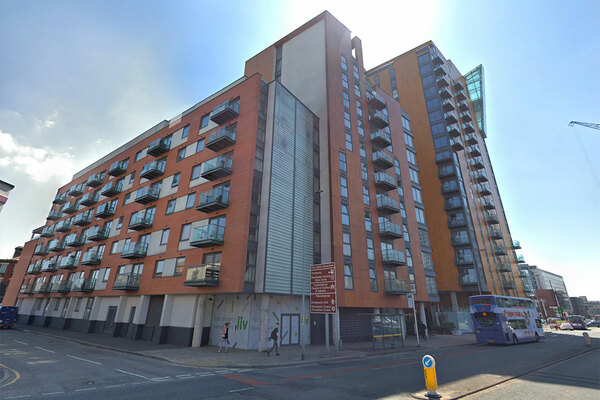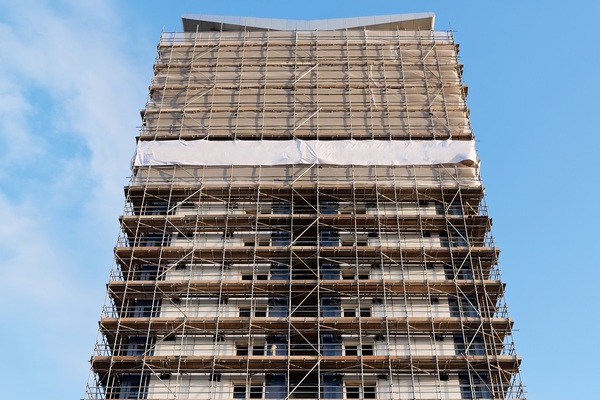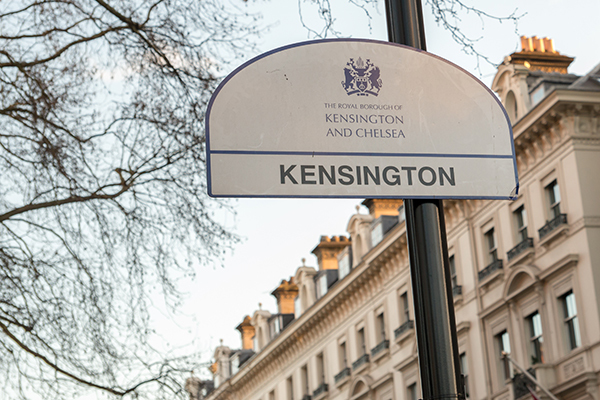You are viewing 1 of your 1 free articles
Almost 70% of high rises have not had cladding materials identified, investigation reveals
Councils are struggling to identify dangerous materials on the outside of tower blocks, with 70% of buildings still unidentified three months ahead of a government deadline to provide the data.
Exclusive data obtained under the Freedom of Information Act from 131 councils by Inside Housing has revealed that the façade materials of 3,708 out of 5,320 towers have not yet been established.
This work is the first step in the government’s efforts to ensure that a range of dangerous cladding and insulation systems are removed from tower blocks in the aftermath of the Grenfell Tower fire. Councils have been told to provide the data by March.
But with just £4m of funding spread between hundreds of local authorities and limited powers for inspection and enforcement, councils are struggling to get the data from building owners.
Among the 1,612 buildings that have been assessed, councils have identified 91 with high-pressure laminate cladding, 56 with timber and 167 with combustible insulation.
This suggests that when all the 12,000 tall buildings in England have been identified, the amount requiring remediation work will exceed 2,000.
However, industry sources told Inside Housing that the figures look too low to be a genuine reflection of the use of combustible materials, particularly insulation.
Councils can inspect building materials only after a lengthy and complex legal process, which means the vast majority of the data is being gathered on the basis of untested responses from owners.
“Building owners are rarely the people who built it in the first place. They probably don’t know the full extent of what’s behind the façade,” said Mark Baigent, a consultant who works with local authorities. “They may have records from the developer, but they often don’t. People weren’t really asking these questions before Grenfell. Even where they do, there isn’t any guarantee those are accurate.”
Darren Rodwell, executive member for housing and planning at London Councils and the leader of Barking and Dagenham Council, said: “These highly concerning figures show the serious difficulties boroughs continue to face in ensuring all Londoners live in safe buildings.
“Boroughs are working tirelessly with limited resources to complete the data collection as quickly and accurately as possible. However, it’s incredibly frustrating that councils are still so reliant on building owners supplying accurate information.
“We have long called for much more robust enforcement powers to address these unacceptable delays. Boroughs want to see a full review of the housing [health and safety rating system] framework, and the Fire Safety Order expediated, along with greater investment in the skills and resources needed to support this critical building safety work.”
The Ministry of Housing, Communities and Local Government (MHCLG) is already overseeing a programme for the removal of aluminium composite material cladding – the type used on Grenfell.
This data-gathering exercise is designed to help begin the process of remediating buildings with dangerous materials of other kinds.
The government has advised that combustible materials that have not passed safety tests should be removed, and many building owners have already started the work.
However, others are declining to act or are passing on the costs to residents.
An MHCLG spokesperson said: “Residents’ safety is our utmost priority and we have given councils funding to identify the cladding used on their buildings – we expect this to be completed without delay.”





